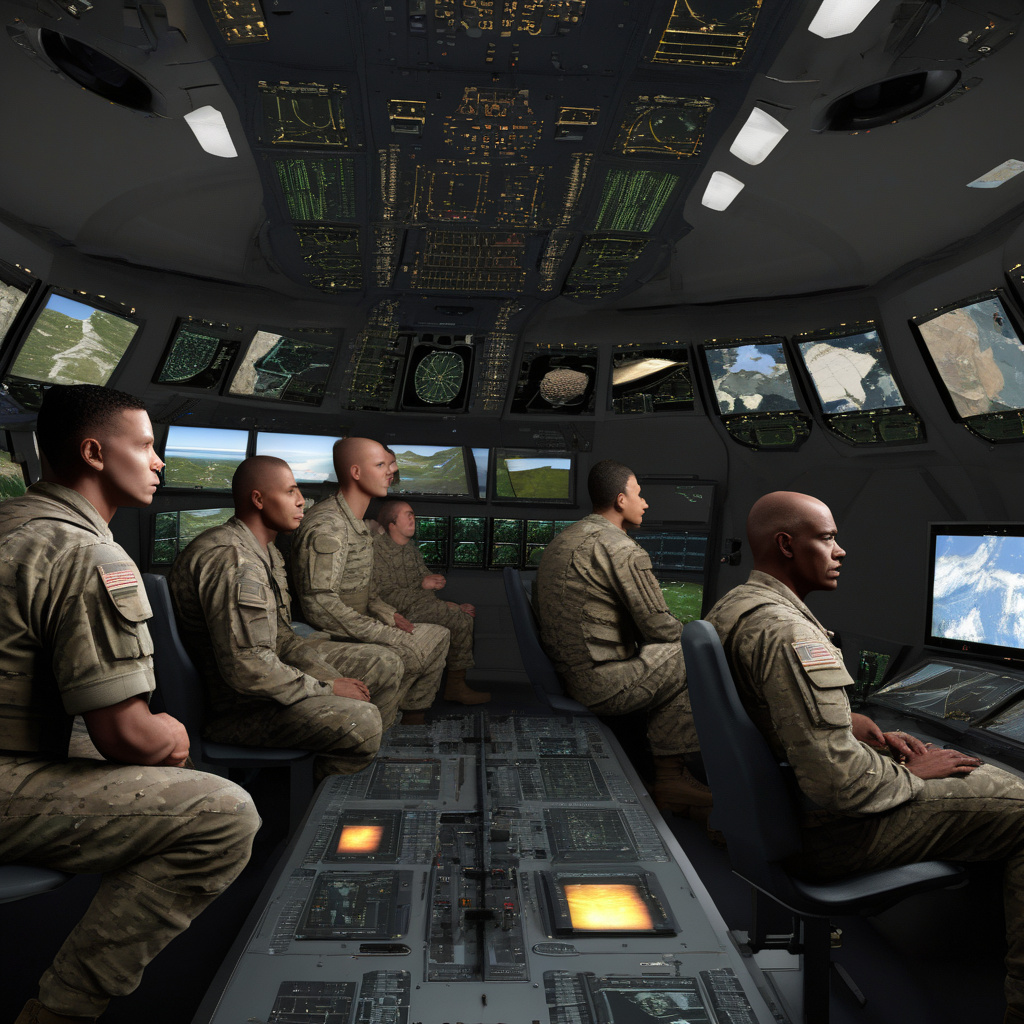US Army’s Assault Tiltrotor Aircraft Takes Virtual Flight Years Before Real Takeoff
In an interesting trial, the US Army’s Program Manager for the Future Long-Range Assault Aircraft has recently unveiled a groundbreaking development in aviation technology. The Army is exploring the capabilities of a cutting-edge assault tiltrotor aircraft through virtual simulations, paving the way for future real-world applications. This innovative approach signals a significant leap forward in the realm of military aviation and underscores the military’s commitment to leveraging advanced technologies for national defense.
The concept of an assault tiltrotor aircraft represents a fusion of helicopter-like vertical takeoff and landing capabilities with the speed and efficiency of fixed-wing aircraft. This hybrid design offers a versatile solution for modern combat scenarios, enabling rapid deployment of troops and equipment in challenging environments. By harnessing the power of virtual simulations, the US Army aims to refine the aircraft’s design and performance parameters long before physical prototypes take to the skies.
One of the key advantages of using virtual simulations is the ability to test various operational scenarios and performance metrics in a controlled digital environment. By analyzing data generated from these simulations, engineers and military planners can fine-tune the aircraft’s capabilities to meet the demanding requirements of future missions. This iterative process allows for efficient optimization of the tiltrotor aircraft’s design, ensuring that it is well-equipped to support the Army’s evolving operational needs.
Moreover, virtual flight testing enables the identification of potential issues or limitations early in the development phase, reducing the risk of costly redesigns or delays during the later stages of production. By addressing these challenges proactively, the US Army can streamline the overall development process and accelerate the timeline for bringing the assault tiltrotor aircraft to operational status. This proactive approach underscores the military’s emphasis on innovation and agility in adapting to emerging threats and operational demands.
The utilization of virtual simulations also offers cost-saving benefits by minimizing the need for physical prototypes and test flights, which can be resource-intensive and time-consuming. By leveraging advanced modeling and simulation technologies, the US Army can conduct extensive testing and evaluation of the aircraft’s performance characteristics without incurring significant overhead costs. This cost-effective strategy allows for a more efficient allocation of resources towards other critical defense priorities.
As the US Army continues to invest in next-generation capabilities, the development of the assault tiltrotor aircraft represents a significant milestone in advancing the future of military aviation. By harnessing the power of virtual simulations, the Army is able to push the boundaries of technological innovation and ensure that its forces remain at the forefront of combat effectiveness. The successful integration of this cutting-edge aircraft into the Army’s aviation arsenal will enhance operational flexibility and enable rapid response to a wide range of contingencies.
In conclusion, the US Army’s decision to conduct virtual flight testing of the assault tiltrotor aircraft underscores its commitment to staying ahead of the curve in military aviation. By embracing innovative approaches to technology development, the Army is poised to revolutionize the way aerial assets are employed in future conflicts. As virtual simulations pave the way for real-world deployment, the US Army is positioning itself for success on the battlefield and beyond.
US Army, Assault Tiltrotor Aircraft, Virtual Flight, Military Aviation, Innovation












